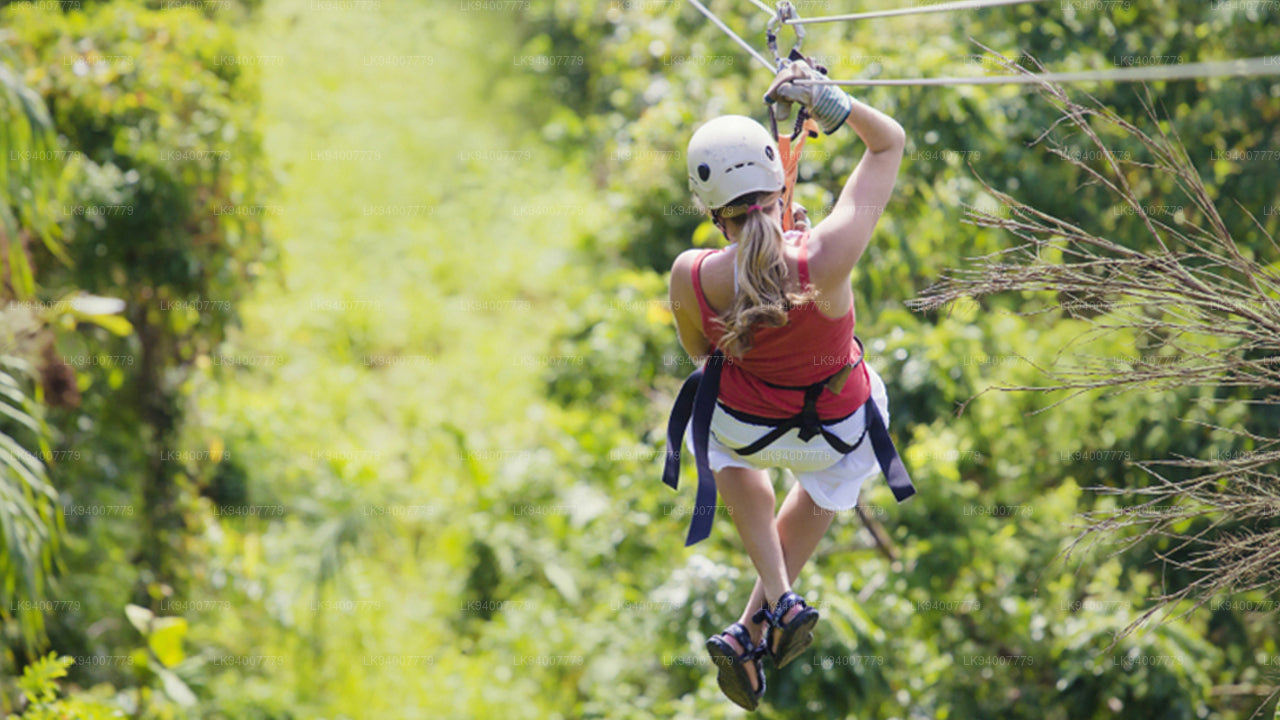
Hantana
Hantana is a picturesque mountain range near Kandy, ideal for hiking and nature walks, offering stunning views, cool climates, and rich biodiversity in a peaceful, natural setting.
Hanthana Tea Plantations
Hanthana Tea Plantations are located in the scenic Hanthana Mountain Range near Kandy, Sri Lanka. These plantations are among the oldest in the country, playing a significant role in the development of Sri Lanka's tea industry. The lush, rolling hills covered with tea bushes offer a picturesque landscape that attracts both tea enthusiasts and nature lovers.
Visitors to the Hanthana Tea Plantations can explore the expansive estates, observe the tea plucking process, and gain insights into traditional tea cultivation methods. The area is also home to the Ceylon Tea Museum, situated in a refurbished tea factory originally constructed in 1925. The museum showcases historical tea-processing equipment and exhibits dedicated to pioneers of the tea industry, providing a comprehensive understanding of Sri Lanka's tea heritage.
Beyond tea-related activities, the Hanthana region offers opportunities for hiking and bird-watching, with trails that provide panoramic views of the surrounding mountains and valleys. The serene environment and cool climate make it an ideal destination for those seeking both relaxation and adventure.
Overall, the Hanthana Tea Plantations offer a blend of historical significance and natural beauty, making them a must-visit destination for those exploring Sri Lanka's central highlands.
About Kandy District
Kandy District is a district of the Central Province of Sri Lanka. Its area is 1906.3 km². The capital of the district is Kandy. Kandy is a major city in Sri Lanka located in the Central Province. It was the last capital of the ancient kings' era of Sri Lanka. The city lies in the midst of hills in the Kandy plateau, which crosses an area of tropical plantations, mainly tea. Kandy is both an administrative and religious city and is also the capital of the Central Province. Kandy is the home of the Temple of the Tooth Relic (Sri Dalada Maligawa), one of the most sacred places of worship in the Buddhist world. It was declared a world heritage site by UNESCO in 1988.
About Central Province
The Central Province is one of the nine provinces of Sri Lanka, the first level administrative division of the country. (The provinces have existed since the 19th century but did not have any legal status until 1987 when the 13th Amendment to the Constitution of Sri Lanka established provincial councils.) The Central Province is primarily in the central mountainous terrain of Sri Lanka. It is the 6th largest province by area and is home to 2.5 million people. It is bordered by North Central Province to the north, Uva Province to the east, North Western Province to the west and Sabaragamuwa Province to the south and west. The province's capital is Kandy.
The cities of Matale and Nuwara Eliya are in the Central Province. The province is famous for its production of Ceylon tea, planted by the British in the 1860s after a devastating disease killed all the coffee plantations in the province. The Central Province attracts many tourists, with hill station towns such as Gampola, Hatton and Nuwara Eliya.



























